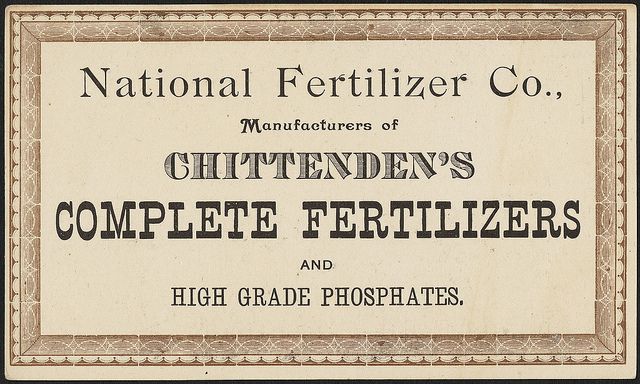
Shipping fertilizer is one the most common types of LTL shipping that we do here at FreightPros, and so for you fertilizer freight shippers out there, we took the time to mark up a quick blog post about the basics of fertilizer shipping.
As with any LTL shipment, you’ve got to mind the basics when shipping fertilizer. That means measuring your total weights, getting your bill of lading ready and set at pickup, and packaging your freight properly. Download our freight shipping guide if you have more questions on the basics of LTL shipping.
The most variable aspect of fertilizer shipping is the freight class. There are three NMFC numbers you can use to determine the class of your shipment. Make sure to confirm with your freight broker which NMFC number you need to use for your fertilizer!
NMFC 68100: This is for an assortment of raw materials used to make fertilizer. It runs at freight class 50, so it’s good for the wallet, but unless your shipping the particular ingredients of certain fertilizers, you’ll have to look at other NMFC codes.
NMFC 68120: This is also a specific sort of fertilizer, this time with raw bone meal. Once again, this will ship at freight class 50.
NMFC 68140: This is the most common NMFC for shipping fertilizer. Manufactured fertilizer falls under this umbrella, and it’s a density based freight class. If it’s dry and packaged, your class can run between 110 and 50 (depending on density). If your fertilizer is liquid, it will likely fall at class 70.
The final thing to keep in mind with your fertilizer is Hazmat. If you’re shipping or receiving the freight, you should know if your fertilizer is considered hazardous or not. If it is, make sure you provide the UN number and have it displayed prominently on the BOL used at the time of pickup. Your carrier may need to plan ahead to transport any hazardous materials.